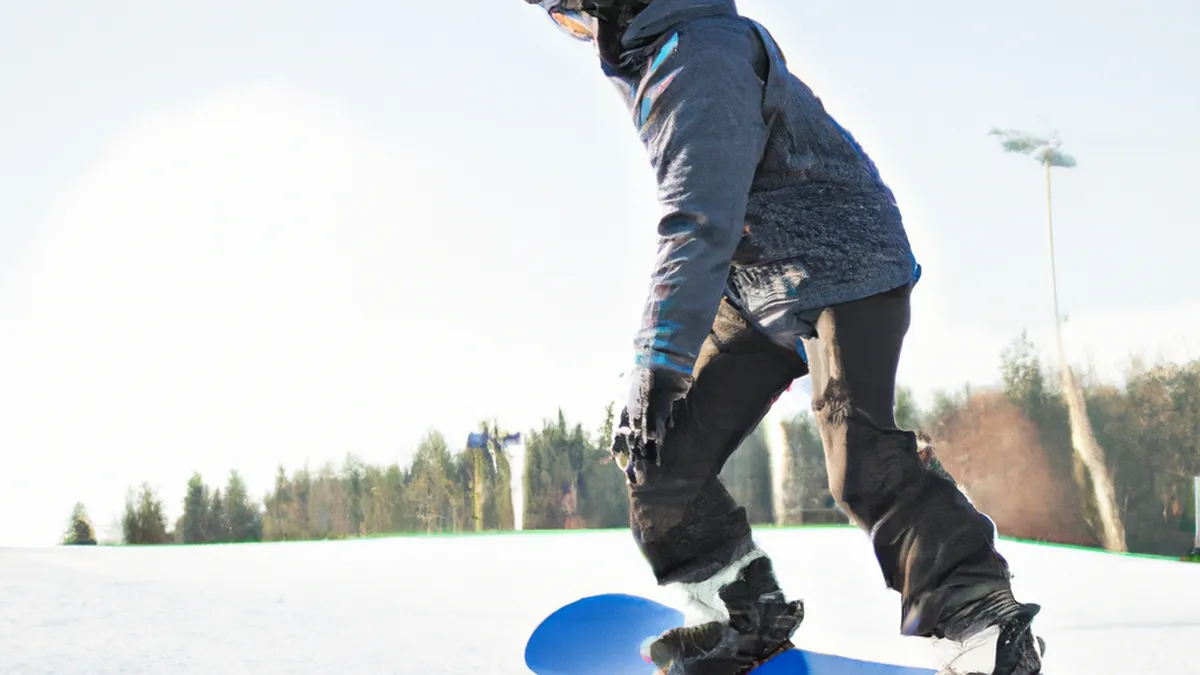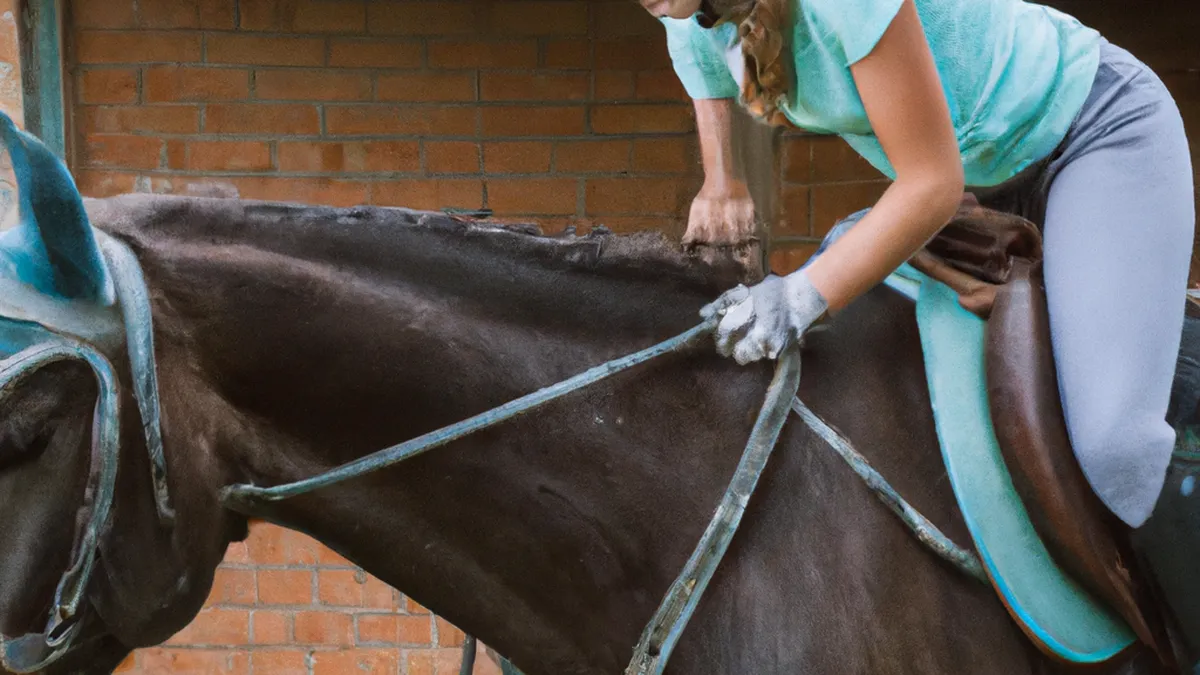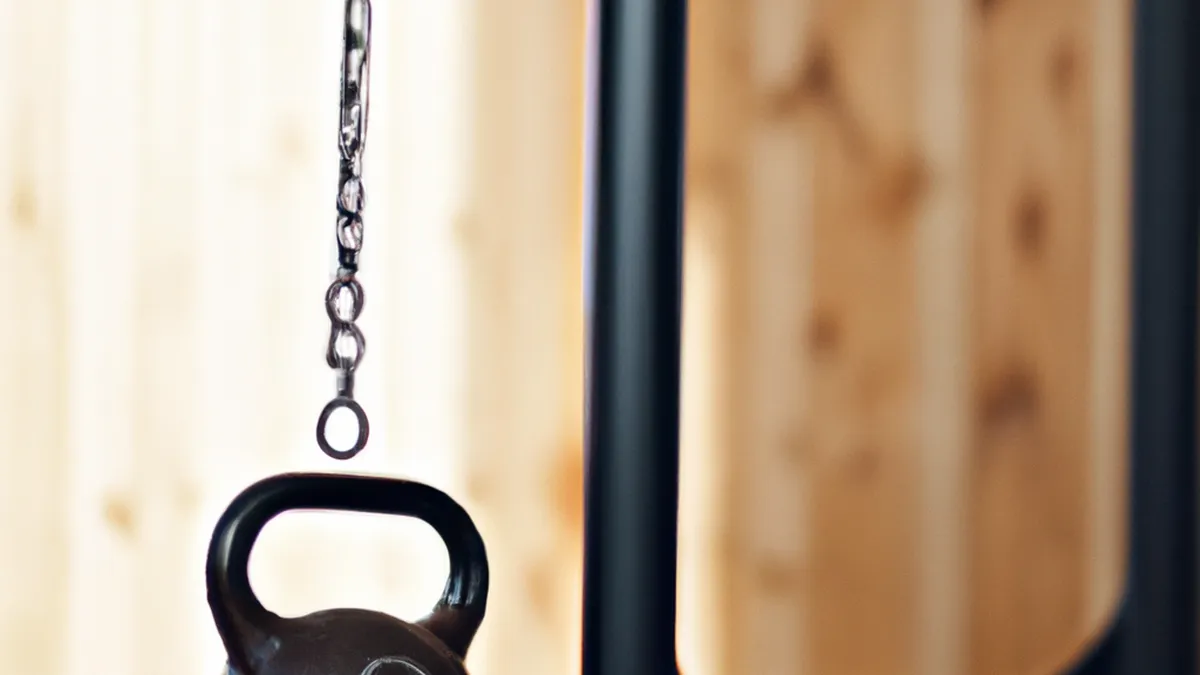First Steps to Confident Switch Riding
Switch Riding Fundamentals for BeginnersSwitch riding may seem daunting, but it opens up new possibilities on the slopes. Snowboarders and skiers can enhance their skills, creativity, and enjoyment by learning to ride switch. This blog post presents essential tips, advice, and benefits for switch riding to boost your comfort and confidence.
Understanding Switch Riding
Switch riding involves riding with your opposite foot forward. Snowboarders lead with their non-dominant foot, while skiers position their opposite ski in front. Initially, this may feel awkward, but practice makes it intuitive.First, identify your dominant stance. Most riders have a regular stance (left foot forward) or a goofy stance (right foot forward). Knowing your style helps you transition smoothly into switch riding. If unsure, try riding with both feet forward in a safe area.
Essential Tips for Switch Riding
As an Amazon Associate I earn from qualifying purchases.
Gear tip: consider snowboard helmet, snowboard gloves, and impact shorts to support this topic.
1. Start on Flat Terrain
Begin your switch riding journey on flat or gentle slopes. This allows you to focus on balance without speed pressure. Practice gliding in a switch stance, shifting your weight evenly. This builds your comfort and stability as you adapt to riding with your opposite foot forward.
2. Use Your Edges
Effective edge use is crucial for switch riding. Snowboarders and skiers rely on their edges for control. Practice shifting your weight from heel to toe edge while riding switch. Snowboarders use the toe edge with their right foot forward and the heel edge with their left foot forward, and vice versa. This technique helps maintain balance while turning.
3. Take it Slow
Don’t rush your progress. Start with small turns and gradually increase difficulty as you gain confidence. Focus on making smooth, controlled movements. Incorporate switch riding into your regular runs as you become more comfortable. This gradual approach builds necessary skills without overwhelming yourself.
4. Practice Balance Drills
To improve your switch balance, practice specific drills. Snowboarders can ride on one edge while turning their head and shoulders in the opposite direction. This exercise develops muscle memory for balance and weight distribution. Skiers can practice parallel skiing in switch, focusing on even weight distribution between both skis.
Advice for Practicing Switch Riding
1. Watch Your Body Position
Pay attention to your body alignment while riding switch. Keep your knees slightly bent, your back straight, and your shoulders aligned with your hips. This position helps maintain balance and control. Always look in the direction you want to go.
Conclusion
Switch riding offers new challenges and enhances your winter sports experience. Embrace the process and enjoy the ride!
Below are related products based on this post:
FAQ
What is switch riding?
Switch riding involves riding with your opposite foot forward, which can be practiced by snowboarders and skiers. This technique may feel awkward at first, but with practice, it becomes more intuitive and enhances overall riding skills.
How should beginners start practicing switch riding?
Beginners should start on flat or gentle terrain to focus on balance without the pressure of speed. Practicing gliding in a switch stance helps build comfort and stability as riders adapt to using their opposite foot forward.
What are some essential tips for improving switch riding skills?
Essential tips include using your edges effectively, taking it slow, and practicing balance drills. Snowboarders and skiers should focus on weight distribution and make gradual progress to build confidence and control in their switch riding.















Post Comment